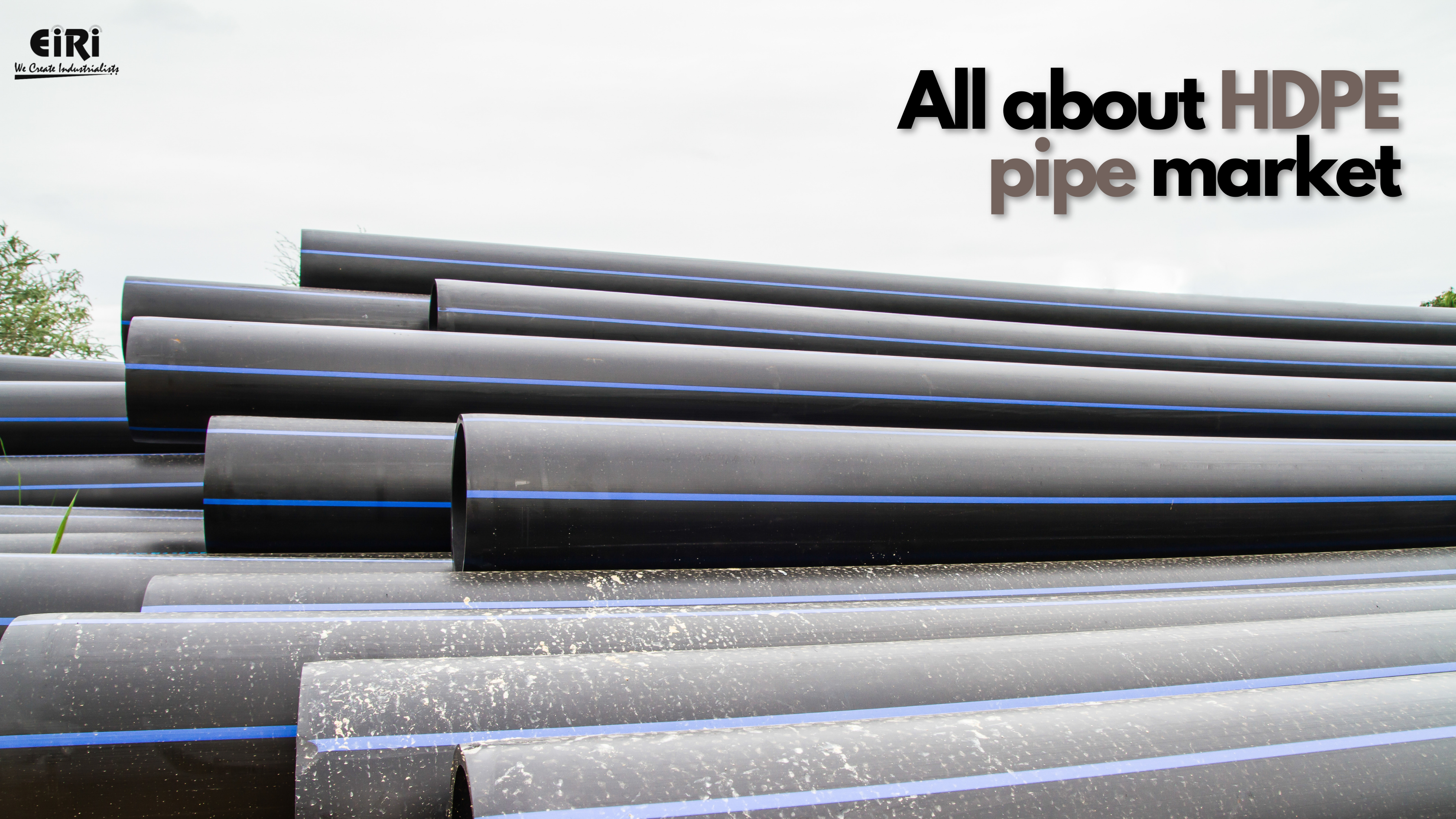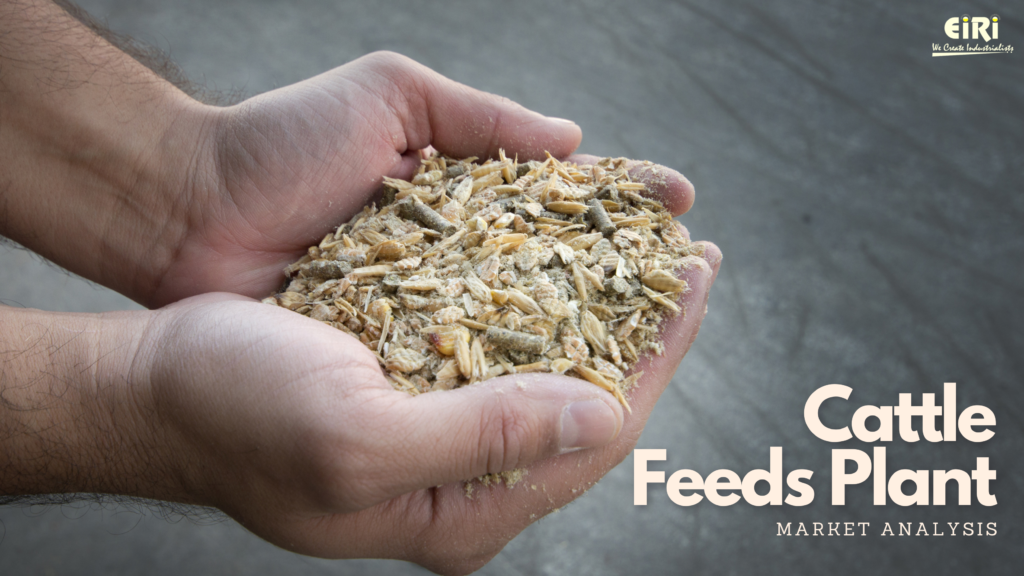All About the HDPE Pipe Market – Size, Segmentation, Applications and Opportunities
What started as a new and exciting innovation in the piping world has expanded to be one of the most highly sought-after solutions for water and gas distribution. With over fifty years of history, HDPE pipes have made a name for themselves as effective and cost-efficient piping solutions. Made from durable high-density polyethene, HDPE pipes are some of the toughest and most reliable around.
No wonder, then, that the HDPE pipe market is expected to grow at a CAGR of 5% from 2022 to 2030, to reach $22 billion. Given the right set of circumstances, HDPE pipes can last for centuries without any significant deterioration. In fact, several water distribution systems worldwide are still using HDPE pipes that were put into use before 1980. These are impressive numbers for a product that was only commercialized in the 1960s.
HDPE Pipes Market Segmentation
The global HDPE pipes market can be segmented based on geography, distribution channel, and material. More granularly, the market’s segmentation into product types, applications, and end-use industries is essential. It’s noteworthy that HDPE pipes are available in different strength variants, with PE80 and PE100 being the most commonly used.
HDPE Pipes – Geographic Analysis
The APAC region, as it stands, is touted to be the largest market for HDPE pipes during the forecast period, with India accounting for a sizeable share of global demand. Analysis shows that India’s HDPE pipes market would experience growth of CAGR 10.41% at least until 2026, growing about 301.27th in volume in the same period. The neighbouring nations, too, will see market growth throughout the forecast period owing to the growing demand for HDPE pipes as a result of increasing urbanization and industrialization. Growing awareness about the benefits of HDPE pipes for use in water and wastewater infrastructure is a key market driver in the subcontinent.
HDPE Pipes – Distribution Channel Analysis
Retailers are the leading distribution channel for HDPE pipes. In the same vein, supermarkets and other retail stores generate the demand for HDPE pipes. They are made available at face value of the product and sold at a nominal mark-up in the retail market. Retailers use HDPE pipes as required by their customers, and they sell them at a premium that is determined by the quantity they provide.
HDPE Pipes Market Applications
As elucidated above, HDPE pipes are used to transport water and wastewater. However, their use isn’t limited to this. They are also used in the production of plastic products, agricultural implements, and other such applications.
1. Agricultural applications: From irrigation systems to root sprouts, agricultural implements made from plastic are used to sustain food crops. Farmers turn to HDPE pipes for use in these applications since they are strong and flexible, resistant to corrosion, and easier to assemble.
2. Chemical applications: This application segment includes HDPE pipes used to transport both toxic and edible oils and chemicals. These pipes are crucial for the operations of chemical plants, refineries, and other industrial sites that require safe and reliable transport of hazardous chemicals.
3. Compressed air applications: Pipes used to transport air at high pressure are also made from HDPE. Conveyance of air in compressed form is very important for many industries, including oil and gas exploration, pipeline construction, power generation, and health care.
Investment Opportunities
The winds of change are influencing the global market for these pipes. Market players need to closely track which type of applications will be most attractive to buyers, and they need to be able to satisfy those needs with a cost-effective product. At the same time, they need to keep the impact of the COVID-19 pandemic in mind, for it could be a major disruptor in the global HDPE pipes market.
That said, market players can effectively adapt to changing market conditions by investing in startups, innovation, and integration of their business models with new technologies. They need to lay explicit emphasis on the type of product being retailed. For instance, standard ducts, micro ducts, pathways, etc., will be a massive draw if they can be supplied as per customers’ requirements. Even better, it would be great to be able to offer custom solutions for specific distribution systems.
In a Nutshell
Developing a roadmap for sustained growth in the HDPE pipes market is imperative. Any company that looks to have a long-term vision and is willing to invest time and resources will be able to become a success story. Undoubtedly, companies that are focused on putting in place a sustainable growth plan will reap the benefits of market expansion in the coming years.
Curious to know more about the HDPE pipes market? Reach out to us.




